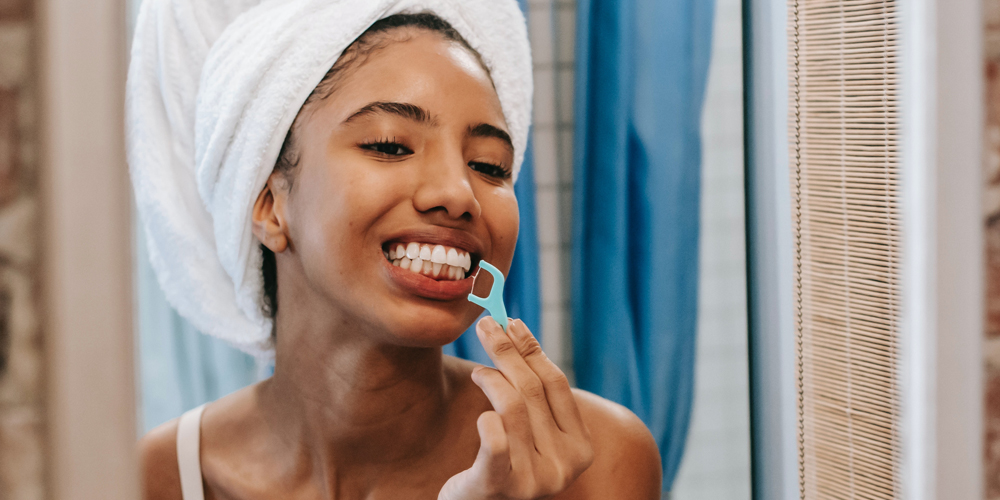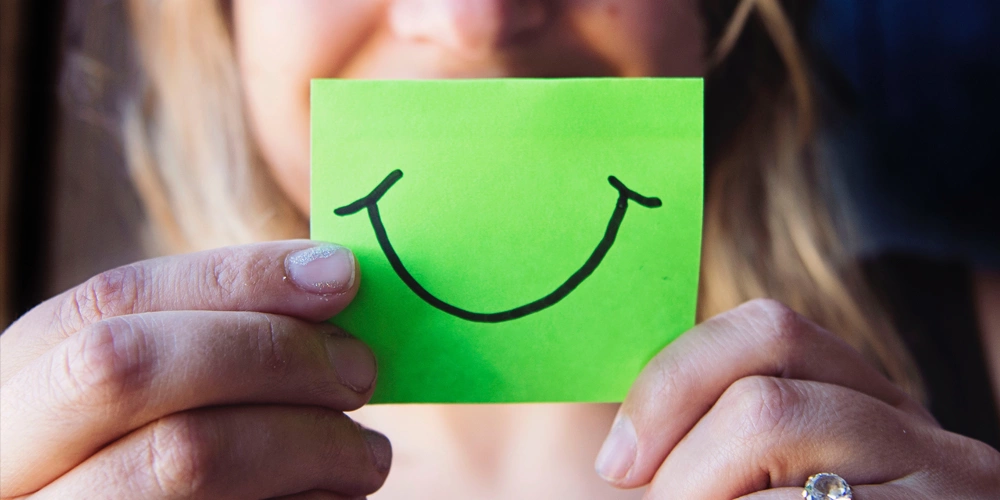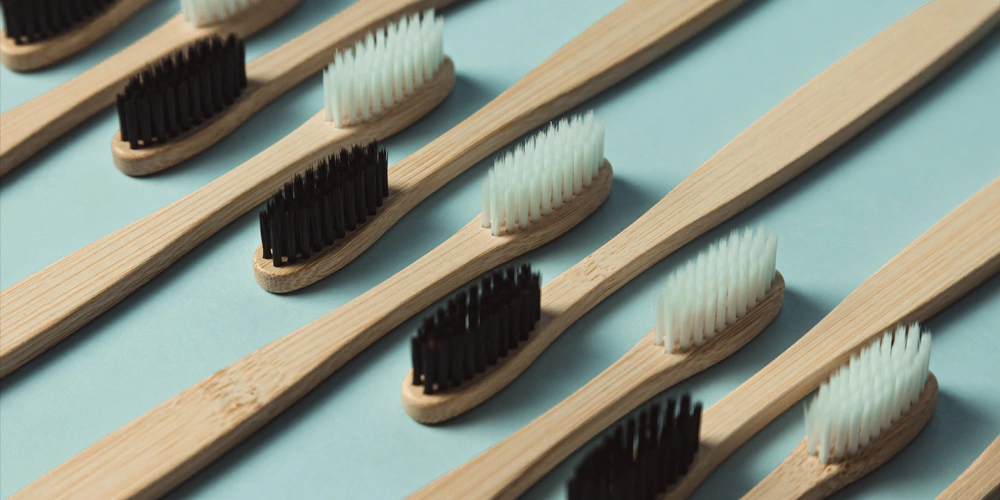Home Dental Care
While we can do amazing things for your dental health in office, your at home dental care is absolutely key to your oral health. We recommend that you are brushing, flossing, using mouthwash and maintaining a health diet on a consistent basis. If you have any questions about maintaining an adequate at home dental care process, please don’t hesitate to give us a call!
“We give you a reason to smile!”
At Home Dental Care and Your Oral Health
One of the most important parts of maintaining a healthy and happy oral cavity is proper home care. While you may visit Modern Smile Dentistry every 6 months to a year for your checkup and cleanings, the care for your gums and teeth at home are an important task that should be performed daily. While being hygienic is a very important part of oral health, another important part is your diet. To achieved the most optimal oral health, decreasing your sugar and simple carbohydrates as well as eating a balanced diet to acquire your needed nutrients is very important in oral health. Not only is diet important in acquiring the vitamins and minerals needed, but it also will aid in the control on plaque development, if uncontrolled, can lead to dental diseases.
At Home Dental Care Routine
Three main components to maintaining your oral health is ensuring you consistently brush, floss and utilize a mouth rinse. Though these processes may seem simple, there are different techniques and different ways to do perform each. There are also a few different instruments you can utilize to accomplish the same task.

Brushing
Per the ADA guidelines, it is encouraged to brush your teeth twice a day. This brushing is the mechanical action that will help remove the plaque buildup, which can lead to dental decay. Moreover, when it comes to brushing your teeth, it is recommended to use a SOFT bristled tooth brush, as hard bristles can lead to abrasion and gum recession. While brushing can be performed by either a manual or electric tooth brush, studies have shown that the use of an electric tooth brush does remove significantly more plaque when compared to a manual tooth brush.
Today there are two main types of tooth brushes when it comes to your choice of electric brushes. One is the rotatory and the other is the ultrasonic. While both have the same goal, removing plaque, it is imperative to change your tooth brush head every 3 months to maintain the efficacy of your tooth brush. Please check out ADA website to see which toothbrushes are ADA approved and right for you.

Flossing
Daily flossing is just as important as daily brushing. While there are many ways to get food out between your teeth; string floss, floss pickers, tooth pics, etc., string floss in the most recommended method. By using string, you are not only able to clean where your teeth touch each other (contact point) but also able to clean and break up the plaque that is above and below your gum line. This action, while time consuming, will help in the prevention of gum and dental disease. If string floss is too difficult to maneuver and utilize properly, due to dexterity issues, floss holders are available to aid in flossing.
There are many different manufactures of dental floss. The most common materials used to fabricate these are either nylon or polyethylene ribbons. When it comes to floss, make sure you use the floss that is best for you. Please check out the ADA website to see which dental flosses are ADA approved and right for you.

Mouth Rinses
When it comes to oral rinses, there are two main types; cosmetic and therapeutic. The therapeutic rinses are available both OTC (over the counter) and also by prescription. This will depend on the formulation of the product. The therapeutic rinses aid in the reduction of plaque, gingivitis, bad breath, and tooth decay and often contain fluoride. As there are many brands and flavors of oral rinses today, the most important factor will be to look for the ADA seal of approval on the jar to determine which rinse is right for you.
*** Note: Children under the age of 6 should not use mouth rinses, unless directed by your dentist.
Hygiene Aids
There are various oral hygiene aids that can be utilized to accomplish the same goals. Some work better than others and some aids are better for other people depending on their oral structure and health. We can help recommend at home dental care hygiene aids that will be best for you. The effectiveness of your at home dental care can be evaluated through your routine dental exams, cleanings and dental x-rays.

Interdental Cleaners
These cleaners are sometimes referred to as Proxy or Proximal Brushes. These brushes come in various brands and sizes. The most important thing is to make sure you find the brush that works best for you. These brushes are capable of cleaning between teeth, at the gumline to remove build up and plaque. These brushes can also be beneficial to clean under dental bridges. While these are a great resource, their limitation is that they are unable to clean at the contact point of teeth (where two teeth touch each other). This is important because that is a common location where dental decay tends to arise. If you suffer from decay on the chewing surface, we have other options like dental sealants that you may benefit from.

Oral Irrigators
These are sometimes referred to as “water jets” or “water picks” are a device which delivers water at a high pressure through a straw like device to stimulate movement of debride and other content from between your teeth. Moreover, studies have shown that the incorporation of these oral irrigators with the incorporation of brushing, flossing, and oral rinses can aid in preventing gum and other dental diseases. While oral irrigators are a wonderful tool, they are not a substitute for flossing. Oral hygiene is a very important part of oral health, a professional dental exam and cleaning is recommended twice a year to remove stubborn build up.

Tongue Cleaners or Scrubbers
These devices are vastly available and can be fabricated of many different materials such as plastics or metals. The purpose of a tongue cleaner is to remove content, such as, bacteria, food, fungi and other debride from the crevasses of the tongue which can lead to halitosis (bad breath). Moreover, poor oral hygiene has been associated with such systemic diseases like heart disease, diabetes, stroke and respiratory conditions. Tongue cleaning are traditionally performed before brushing to help prevent the ingestion of bacteria and fungi.

